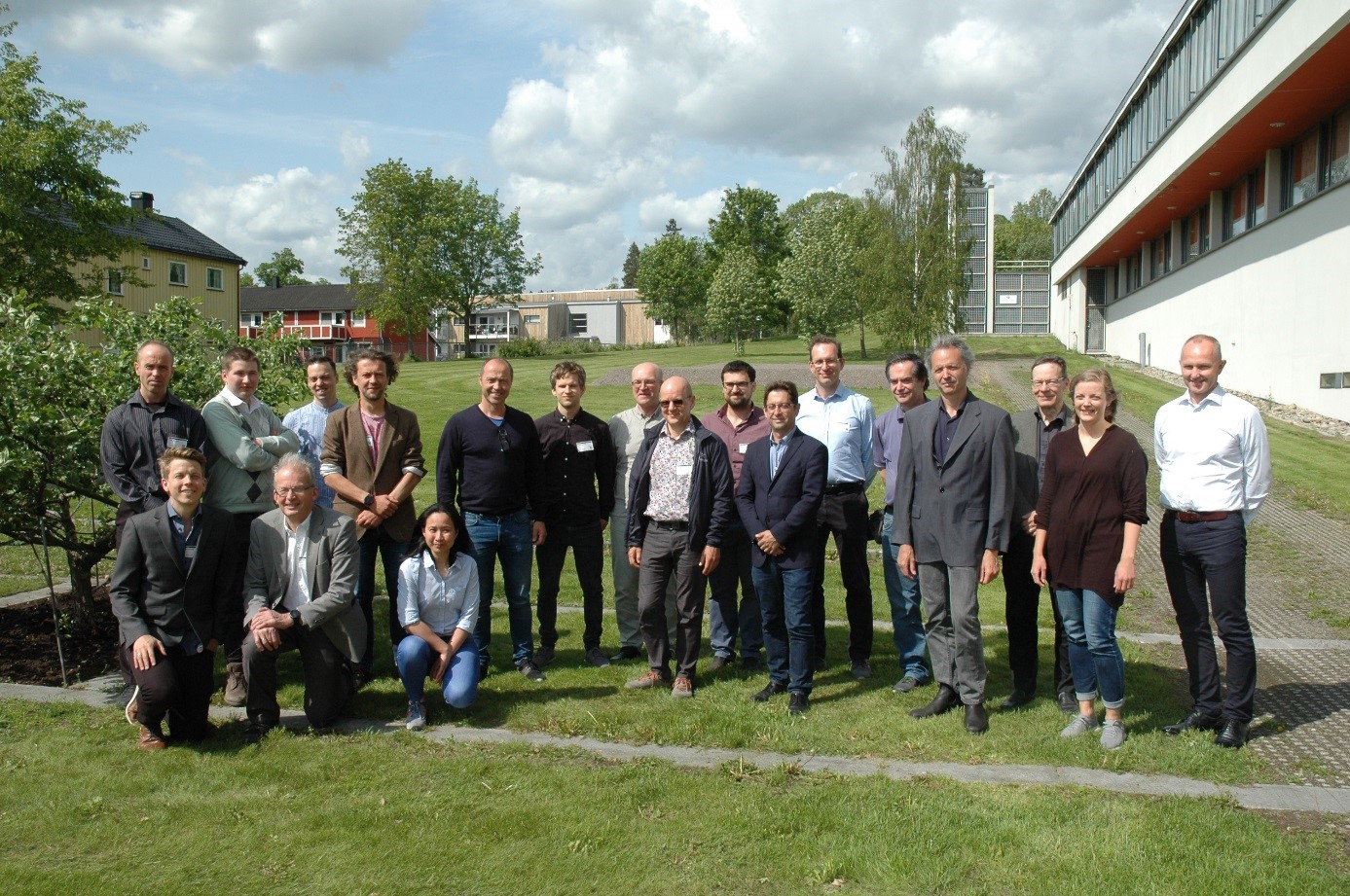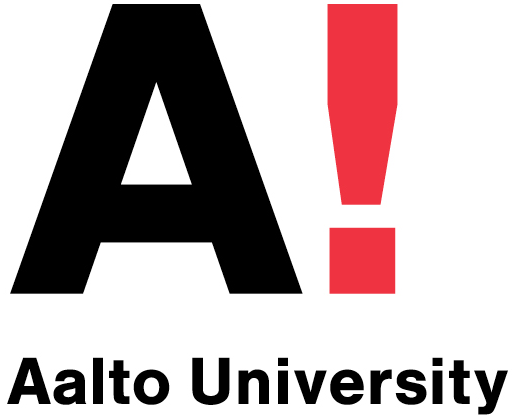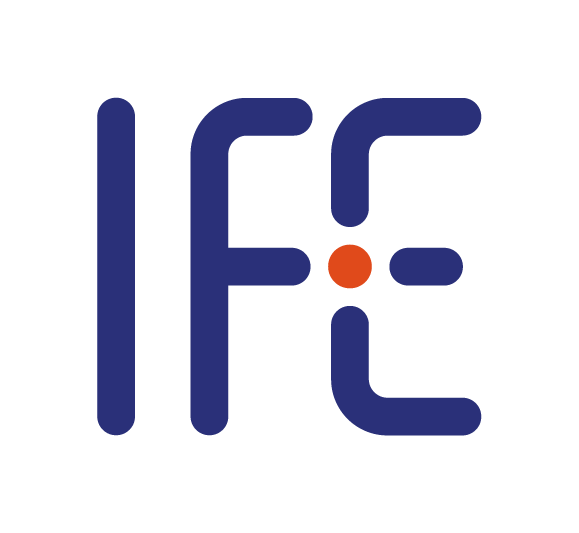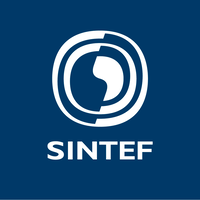JV, the Norwegian NMI, piloted the re-introduction of silicon photodiodes as primary standards for almost 20
years ago. In the early years in a PhD and a Nordic funded project, and later JV participated in the iMERAPlus
qu-Candela project and lead WP1 in the EMRP SIB57 NEWSTAR project. JV has gained specific
knowledge of semiconductor physics in general and photodiodes in specific and has acquired 3D software
tools to simulate charge carriers transport and recombination within the diodes. In addition, JV has recently
completed a PhD project by national funds in collaboration with the University of Oslo of direct relevance to
this project. JV co-authored the first publication of dual mode operation of photodiodes with researchers from
NIST and demonstrated the applicability of self-calibrating photodiodes at room temperature in a recent
publication. JV had the previous chairman of EURAMET Technical Committee of Photometry and Radiometry
(2015 – 2017), is the convenor for strategic planning within “SI” and will coordinate this project and WP4.
Metrology Research Institute of Aalto University brings expertise in detector characterizations and in particular the accumulated expertise gained in the
iMERA-Plus “qu-Candela” and EMRP NEWSTAR projects to the proposed work. Aalto University is in a good
position to do the necessary research and engineering to develop the already successful PQEDs towards even
lower measurement uncertainty. The group will also use its capacity in developing electronics as
benchmarking. Since 1997 Aalto has maintained the Thematic Network for UV Measurements
(http://metrology.hut.fi/uvnet/index.htm) including work on UV detectors. Aalto will lead WP5 Creating Impact.
CMI has well established technical and theoretical expertise in measuring the internal quantum efficiency of
PQED detectors with current primary absolute cryogenic radiometer. CMI’s expertise will be concentrated in
the characterization and validation of self-calibrated detectors working over a wide dynamic range against
cryogenic primary radiometric standards in WP1 and WP4. CMI has extensive knowledge and experience in
developing electronic amplifiers and control electronics. They have demonstrated the exploitation of quantum
based standards towards femtowatts for calibration of single photon sources and detectors.
CNAM runs a cryogenic radiometer since 25 years. The radiometry team is used in manipulation of PQED
since its involvement in EMRP NEWSTAR project for the characterization of the spectral sensitivity of PQEDs.
CNAM has a world leading expertise in cryogenic temperatures measurement thanks to its facilities developed
for the determination of Boltzmann constant. The cryogenic team will bring its expertise for the selection of the
thermometers in WP3, and both cryogenists and radiometrists will work together in WP1 to study the linearity
and the photocurrent dependency of detectors between 10 K and 100 K.
INRiM is the national metrology institute of Italy; it was seminal in the design of PQEDs as developed in the
qu-Candela and Newstar JRPs. INRIM participates in this JRP with the expertise in developing traceable
methods for characterising detectors. INRiM’s specific skills in electronic development will be used to develop
control and read-out electronics for the self-calibrating detector in WP3. INRiM will contribute to develop
experimental techniques for room temperature self-calibration in WP4 and detector characterisations in WP1.
They will do optical quality examinations of passivation materials in WP2.
Metrosert is the Estonian NMI and has participated in previous iMERA and EMRP projects related to the
development of standard detectors based on silicon photodiodes for optical radiometry (qu-Candela and
NEWSTAR). Metrosert has skills in modelling and manufacturing of special type of photodetectors
implementing commercially available photodiodes. Some knowledge has been obtained in modelling of impact
ionisation and absorption coefficient for silicon in previous projects. Metrosert is particularly interested in the
blue part of the spectral range and the limits of modelling and long wavelength end of quantum gain.
PTB is the German national metrology institute offering measurements and calibrations at the highest
metrological level in science and technology. PTB will participate mainly in WP 1. PTB was a leading participant
in the iMERA-Plus qu-Candela project and was leading WP2 in the EMRP SIB57 NEWSTAR project. PTB is
going to validate the characterization methods developed in WP1 and the dual mode detector in WP4. PTB
operates cryogenic radiometers as primary standards for radiometric measurements. PTB has shown to
achieve the lowest uncertainties when measuring the spectral responsivity of high-quality detectors using laser
radiation and will lead WP1.
TÜBITAK is the Scientific and Technological Research Council of Turkey. The National Metrology Institute of
Turkey, an organization under TÜBITAK, has worked on development of national measurement standards in
accordance with the SI Units. They will use their expertise to validate measurements in WP1 against their CR.
IFE is an independent research foundation with over 600 employees located in Kjeller and Halden in Norway.
IFE is in the forefront of several fields within international energy research, environmental- and nuclear
technology, and develops new technological solutions for the industry in more than 30 countries. The
Department for Solar Energy at IFE has a complete processing line for silicon solar cells, including equipment
for deposition and characterisation of dielectric surface passivation layers with incorporated fixed charges. IFE
has had a fruitful collaboration with JV on PQEDs for several years, and will actively participate with interface
characterization, Qf and SRV measurements and data analysis in WP2.
USN is the country’s second largest state-owned university college with 19 500 Students, 1500 academic and
administrative staff spread over 8 campuses. The Department of Micro- and Nanosystem Technology has 26
researchers, 6 technicians and 25 Ph.D. students, making it one of the largest and fastest-growing research
groups in Northern Europe within Micro- and Nanotechnologies The research activities at the Department for
Microsystems is focused on electronic packaging and interconnection technologies for applied micro- and
nanosystem technologies. Infrastructure includes a class 1000 cleanroom (400 m2), fully equipped
photolithograph line, bulk wet and dry (RIE) etching, annealing, metal sputtering/evaporation, bonding,
profilometer, shear tester, interferometer, advanced Scanning Electron Microscope (SEM), wire bonders and
flip chip bonders. USN will lead WP3 and develop new packaging technology to the benefit of WP4.
SINTEF is the largest independent research organization in Scandinavia with about 2000 employees pursuing
R&D over a wide spectrum of fields including materials and micro/nano-technology. The Department of
Microsystems and Nanotechnology (MiNaLab) has a complete silicon processing line with state-of-the-art
production equipment for thermal processes, thin film deposition, lithography, wet and dry etching, bonding,
packaging, and characterization. The general cleanroom area is of class 1000 and mini environments for
sensitive processes are of class 10. SINTEF MiNaLab carries out research, prototyping and small-scale
production mostly on silicon sensors and actuators. SINTEF's main contribution to the project will be to perform
research on processing of induced-junction silicon photodetectors with various passivation materials and
techniques to achieve maximal oxide charge and minimal surface recombination velocity, and then
manufacture a batch of induced-junction photodiodes optimized for cryogenic temperature operation based on
the research results. SINTEF will lead WP2 and produce improved PQED type photodiodes.















